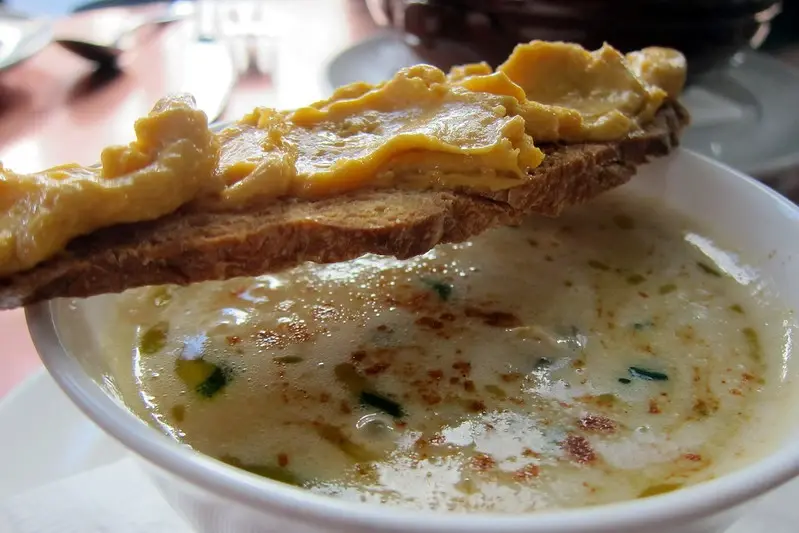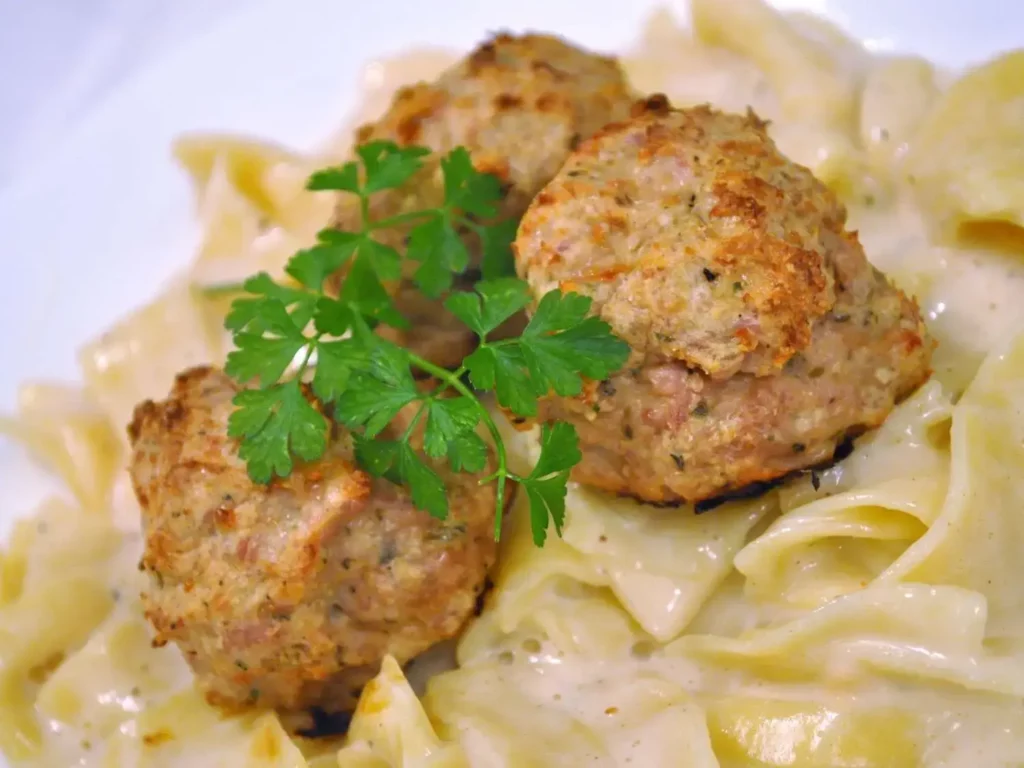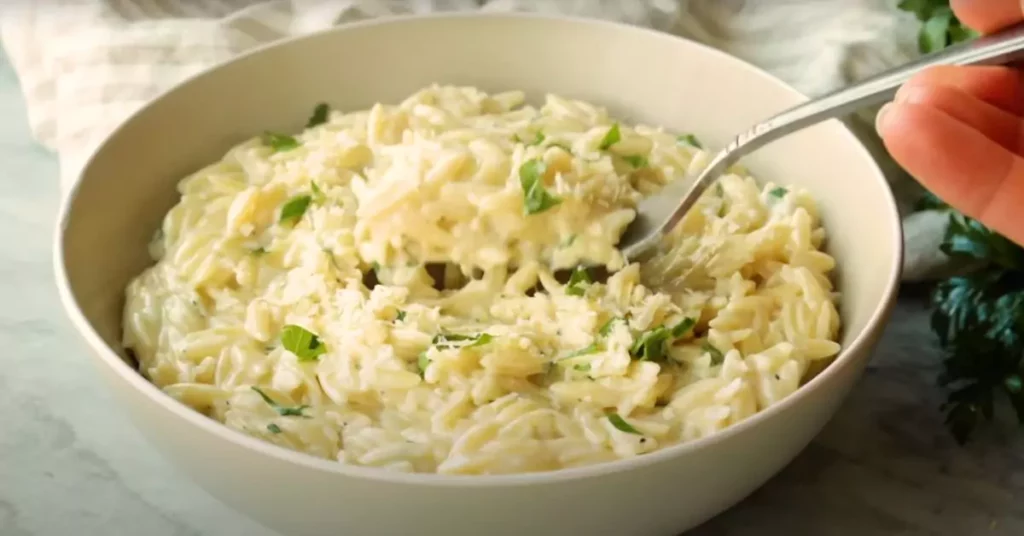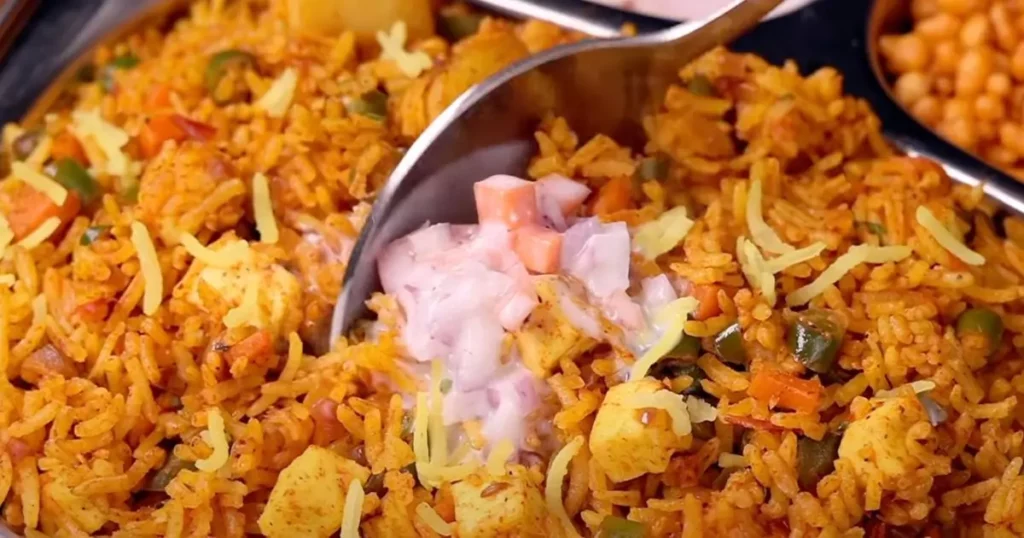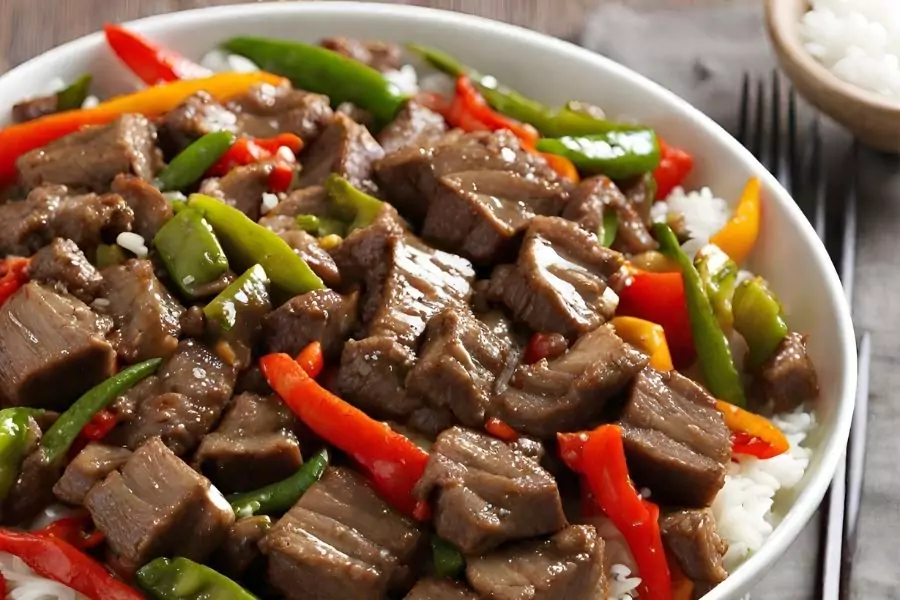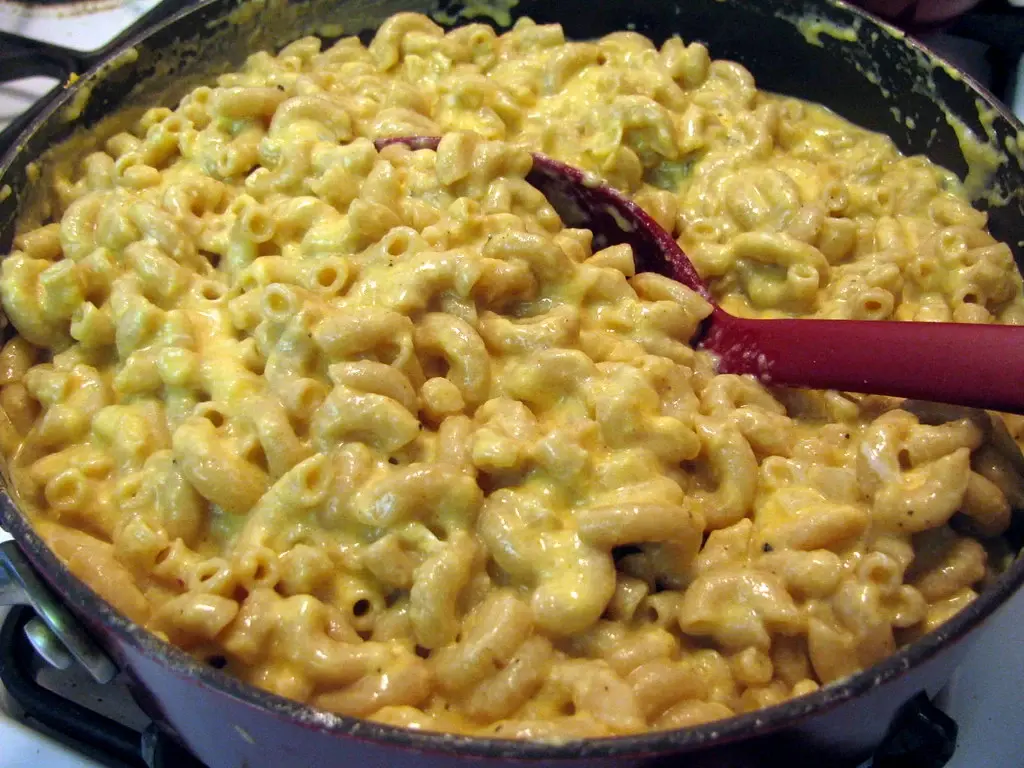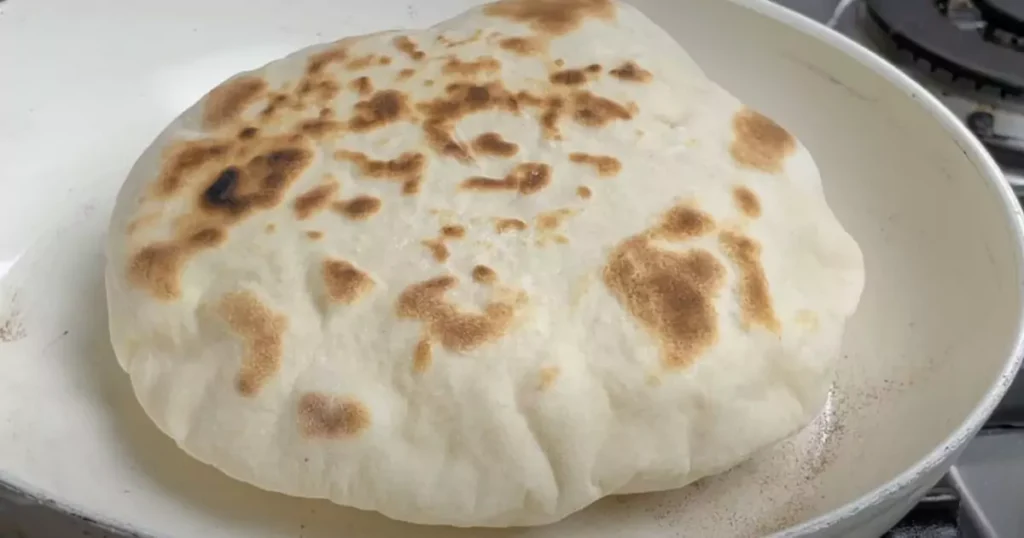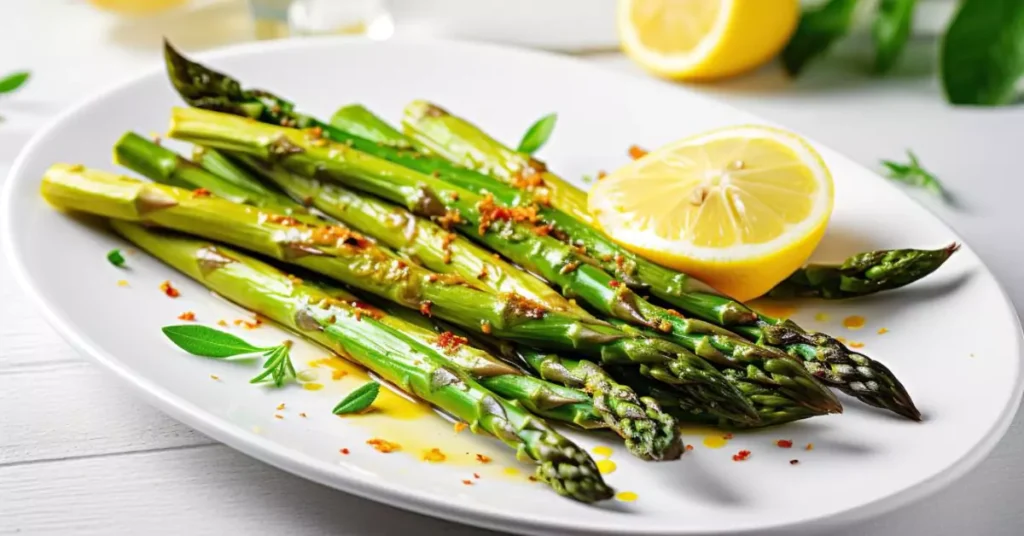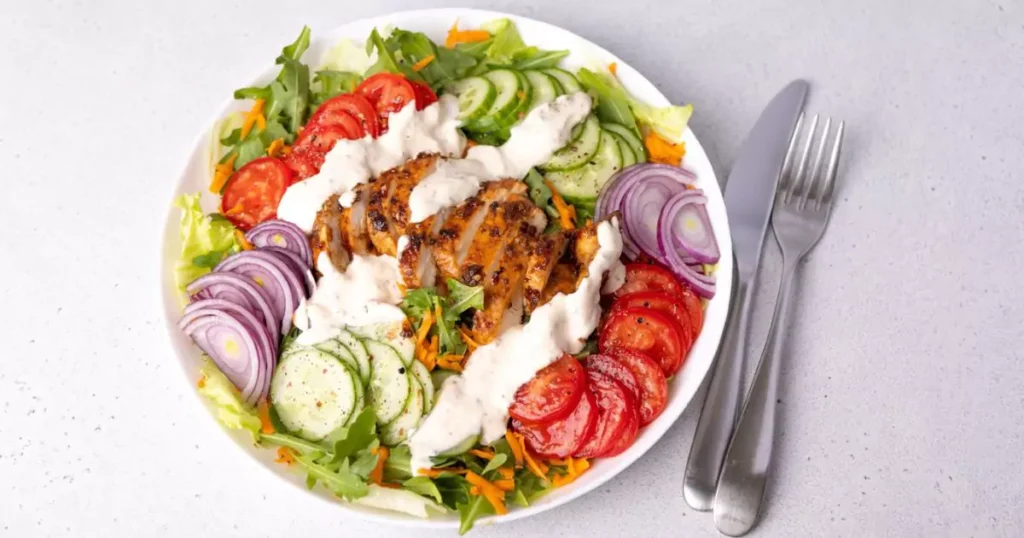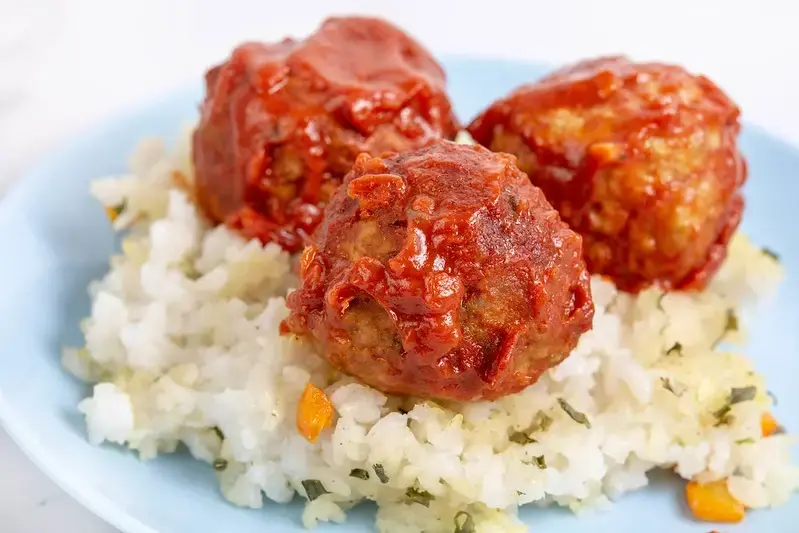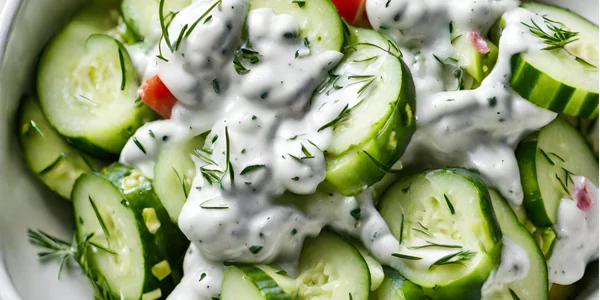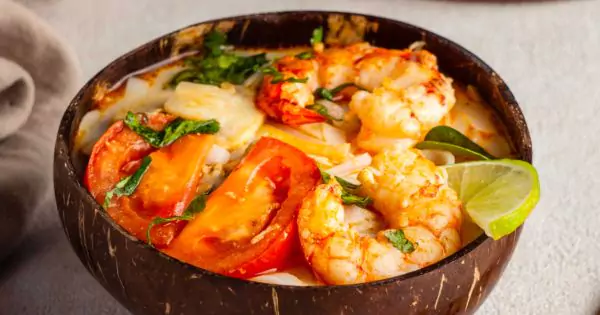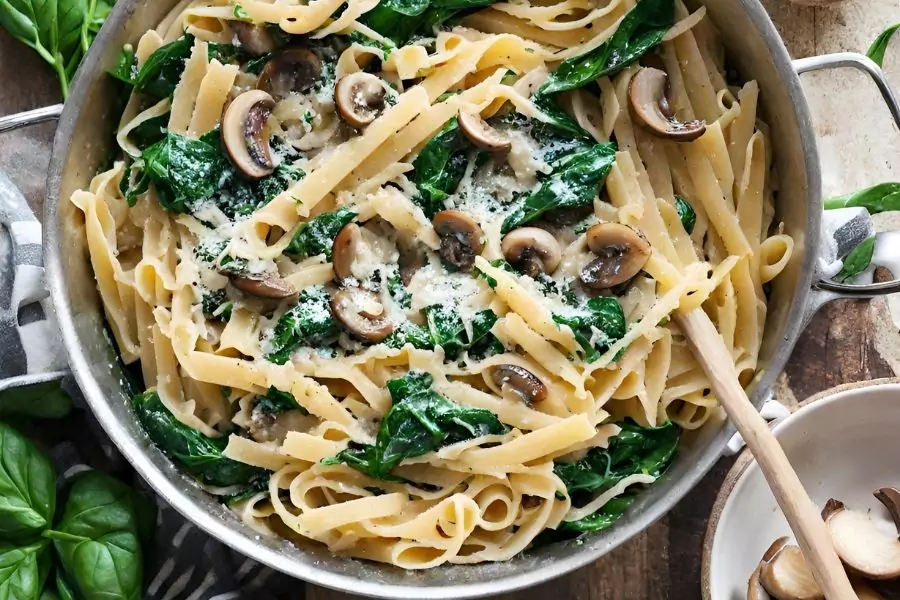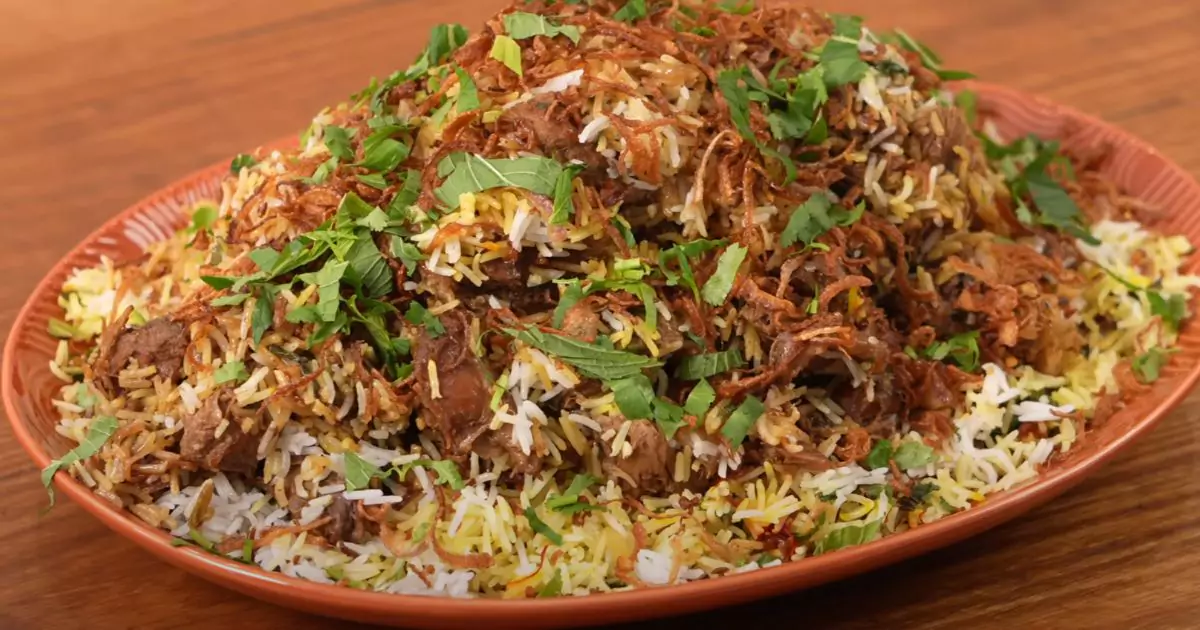
Embark on a culinary journey with one of the most beloved dishes in the world – Biryani. This aromatic and flavorful dish has a special place in the hearts of millions, renowned for its rich layers of rice, spices, and meat or vegetables. Whether it’s a festive celebration, a family gathering, or a craving for something exquisitely flavorful, Biryani is a go-to dish that never disappoints. In this comprehensive guide, we will walk you through the art of making authentic Biryani, unravel its rich history, explore its various forms, and share tips and tricks to perfect this timeless classic.
The Rich History of Biryani
A Dish Steeped in History and Culture The origins of Biryani can be traced back to the royal kitchens of the Mughal Empire in India. This dish is a beautiful blend of Mughlai and Persian cuisine, brought to life with a mix of aromatic spices, tender meat, and fragrant basmati rice. Over the centuries, Biryani has traveled across regions, with each area adding its local flavors and ingredients, resulting in a plethora of Biryani styles across the Indian subcontinent and beyond.
Regional Variations: A Reflection of Diversity From the rich and spicy Hyderabadi Biryani to the milder Lucknowi version, each type of Biryani tells a story of cultural influences and regional tastes. The versatility of Biryani is such that it can be adapted to include a variety of meats like chicken, lamb, or beef, and even vegetarian options featuring vegetables or paneer.
The Recipe for Traditional Biryani
Ingredients
For the Marinade:
- 1 kg chicken or lamb, cut into pieces
- 1 cup yogurt
- 2 tablespoons ginger-garlic paste
- 2 teaspoons red chili powder
- 1 teaspoon turmeric powder
- 2 tablespoons Biryani masala
- Salt to taste
For the Rice:
- 3 cups basmati rice
- 6 cups water
- 2 bay leaves
- 4 cloves
- 2 cinnamon sticks
- Salt to taste
For Layering:
- 2 large onions, thinly sliced and fried until golden brown
- A handful of mint leaves, chopped
- A handful of coriander leaves, chopped
- Saffron strands soaked in 1/4 cup warm milk
- Ghee or clarified butter
Instructions
Marinating the Meat:
- Preparation:
- In a large bowl, combine yogurt, ginger-garlic paste, red chili powder, turmeric powder, Biryani masala, and salt.
- Add the meat pieces to the marinade, ensuring they are well coated.
- Cover and refrigerate for at least 2 hours, preferably overnight, for the flavors to infuse.
Cooking the Rice:
- Rinsing the Rice:
- Rinse the basmati rice under cold water until the water runs clear. This removes excess starch and prevents the rice from becoming sticky.
- Soak the rice in water for 30 minutes, then drain.
- Boiling the Rice:
- In a large pot, bring water to a boil. Add bay leaves, cloves, cinnamon sticks, and salt.
- Add the soaked rice and cook until it’s 70% cooked. The rice should be slightly firm in the center.
- Drain the rice and set aside.
Layering and Cooking the Biryani:
- Layering the Biryani:
- In a heavy-bottomed pot, spread a layer of marinated meat at the bottom.
- Layer half of the cooked rice over the meat. Sprinkle half of the fried onions, mint, coriander leaves, and saffron milk.
- Repeat with another layer of meat and finish with a layer of rice. Top with the remaining fried onions, mint, coriander, and saffron milk. Drizzle ghee over the top layer.
- Cooking the Biryani:
- Cover the pot with a tight-fitting lid or seal with dough to trap the steam.
- Cook on a low flame for about 40-45 minutes. The steam helps in cooking the meat and infusing the flavors into the rice.
- Finishing Touch:
- After the cooking time is up, turn off the heat and let the Biryani sit for about 10 minutes. This resting period allows the flavors to meld beautifully.
- Gently fluff the rice with a fork to mix the layers slightly, being careful not to break the rice grains.
- Serving:
- Serve the Biryani hot, ensuring each serving has both rice and meat.
- Accompany the dish with raita (a yogurt-based condiment), sliced cucumbers, and lime wedges for a refreshing balance.
- Pickled onions or a simple salad can also be served as sides to complement the rich flavors of the Biryani.
Serving Suggestions and Presentation
- Individual Serving Bowls: Present the Biryani in small, individual bowls. This not only makes for an elegant presentation but also ensures each guest gets an equal share of meat and rice.
- Garnish and Decor: Garnish with additional fried onions, chopped mint, and coriander leaves. Edible gold or silver leaves (varq) can also be used for a festive touch.
- Bread Pairings: Although not traditional, Biryani can be served with naan or parathas for those who enjoy an extra dose of carbs.
- Beverage Pairings: A cooling lassi or a cup of strong, hot chai can be a perfect pairing with Biryani, balancing out the richness of the dish.
Health Benefits of Biryani
A Nutritious Delight:
- Protein-Rich: Biryani, especially when made with meat, is a great source of protein which is essential for muscle building and repair.
- Carbohydrates: The basmati rice in Biryani is a good source of carbohydrates, providing the body with much-needed energy.
- Spices and Herbs: The various spices and herbs used in Biryani, like turmeric, cinnamon, and cloves, have anti-inflammatory properties and can aid digestion.
- Balanced Meal: When served with sides like raita or salad, Biryani becomes a more balanced meal with the addition of vegetables and dairy.
Frequently Asked Questions
- Can Biryani be made vegetarian? Yes, simply substitute meat with a mix of vegetables like carrots, peas, and potatoes, or use paneer (Indian cottage cheese).
- How can I make my Biryani more flavorful? Marinating the meat for a longer period and using high-quality, fresh spices can enhance the flavors significantly.
- Is it necessary to soak the rice? Soaking basmati rice before cooking helps in achieving a longer grain and prevents it from breaking while cooking.
- Can I use a pressure cooker for Biryani? Yes, but be cautious with the cooking time as it’s easy to overcook Biryani in a pressure cooker.
- How can I prevent Biryani from becoming too spicy? Adjust the amount of chili powder and spices to your tolerance level. Remember, Biryani is more about a balance of flavors than just heat.
Making Biryani is an art that celebrates the rich culinary heritage of India. This dish is not just about combining meat, rice, and spices; it’s about the joy of cooking and the pleasure of sharing a hearty, flavorful meal with others. Whether it’s for a festive occasion or a regular family dinner, Biryani always brings a sense of celebration to the table.
By following this detailed guide, you can recreate the authentic flavors of Biryani in your kitchen. Remember, the best Biryani is made with patience, love, and attention to detail. Experiment with different meats or vegetables, adjust the spices to your taste, and enjoy the process of cooking this exquisite dish. Happy cooking!






